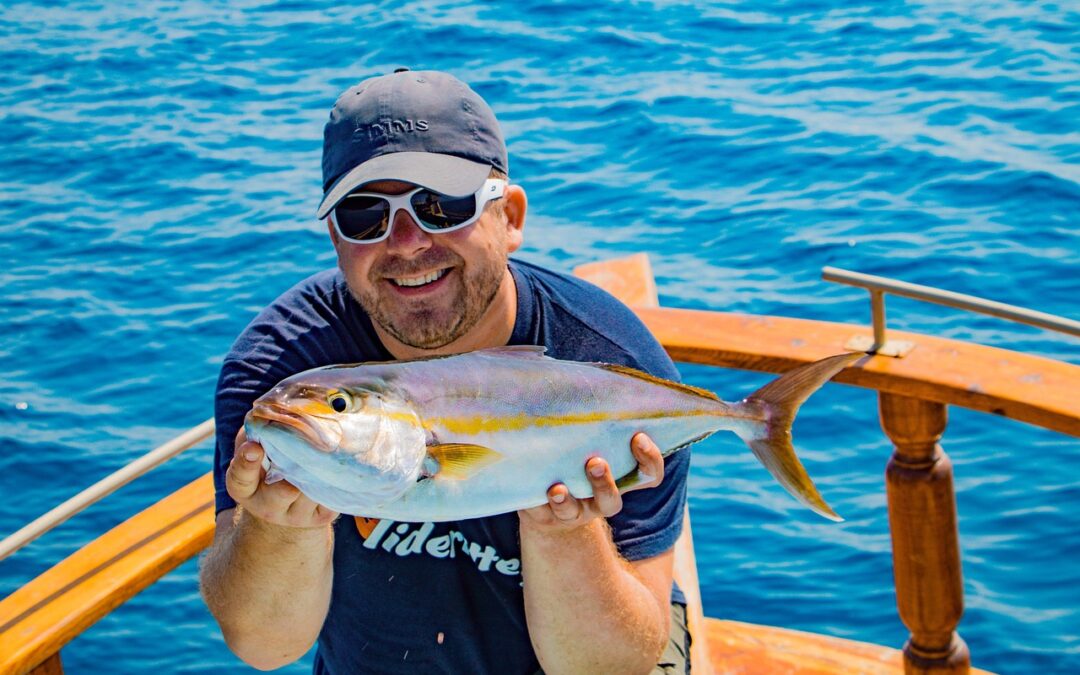
Halibut & Tuna Fishing in Oregon 2025: Tips for a Successful Catch
Halibut & Tuna Fishing in Oregon 2025: Tips for a Successful Catch
Oregon’s coastline offers some of the best fishing opportunities in the Pacific Northwest, with halibut and tuna being two of the most sought-after species. Whether you are a seasoned angler or a beginner looking to explore offshore fishing, this guide will provide essential tips to improve your chances of a successful catch.
Understanding Halibut & Tuna Fishing in Oregon
Halibut and tuna fishing in Oregon require different strategies, gear, and knowledge. Halibut, known for their size and strength, are bottom-dwelling fish typically found in deep offshore waters. These fish can grow to enormous sizes, with some weighing over 100 pounds, making them a prized catch for anglers seeking a challenge. They prefer sandy or gravelly bottoms, where they can camouflage and ambush their prey.
On the other hand, albacore tuna, the most common tuna species in Oregon, are fast-moving pelagic fish found in deep, warm ocean currents. These fish are known for their speed, aggressive feeding habits, and tendency to travel in large schools. They migrate across the Pacific Ocean, following temperature shifts and baitfish populations, making their behavior somewhat predictable during peak seasons.
To successfully target these species, anglers must understand their seasonal movements, ideal fishing locations, and the best techniques to use. Tuna fishing in Oregon is generally best during the summer months when warmer waters attract large schools of tuna close to the coast. Halibut, meanwhile, are usually targeted from May through September in deep offshore waters, often requiring a boat trip to reach the best fishing grounds.

Best Locations for Halibut & Tuna Fishing in Oregon
Top Spots for Halibut Fishing
- Newport, Oregon – One of the best locations for halibut fishing in Oregon, with deep offshore waters teeming with Pacific halibut. The proximity to deep-water reefs and underwater plateaus makes this an excellent spot for targeting large halibut.
- Garibaldi – Known for its consistent halibut population, particularly around the rocky reefs and deep drop-offs. Anglers often use heavy jigs and baited rigs to entice halibut lurking on the ocean floor.
- Brookings – Offers access to some of the deeper fishing grounds where large halibut are commonly found. The area’s strong currents and nutrient-rich waters make it a prime location for catching trophy-sized halibut.
Top Spots for Tuna Fishing
- Depoe Bay – A great launching point for tuna fishing in Oregon, providing access to deep ocean waters where albacore tuna schools are abundant. The small harbor is known as the “World’s Smallest Navigable Harbor,” and its direct access to offshore fishing grounds makes it a favorite among tuna anglers.
- Charleston – Popular among tuna anglers due to its proximity to warm offshore currents where tuna thrive. The waters off Charleston provide some of the most consistent tuna fishing opportunities along the Oregon coast.
- Astoria – A prime location for albacore tuna, especially in late summer when schools move closer to the coast. Tuna fishing in this region is often fast-paced, with multiple hook-ups happening simultaneously when a school is located.

Gear and Equipment Needed
Halibut Fishing Gear
- Rods & Reels: Heavy-duty rods paired with conventional reels that can handle deep drops and strong fish. A sturdy rod with a fast-action tip helps detect bites when fishing in deep water.
- Line & Hooks: Braided line (80-100 lb test) for durability and circle hooks to increase the hook-up ratio. Using a fluorocarbon leader can also help prevent line breakage from sharp-toothed halibut.
- Weights & Rigs: Large weights (16-32 oz) to keep bait near the ocean floor, often paired with spreader bars or tandem rigs. The right rig setup can make a significant difference in presenting the bait naturally.
- Bait: Herring, squid, octopus, or large jigs are effective in attracting halibut. Scented baits or using a chum bag can also increase the chances of drawing halibut to your fishing spot.
Tuna Fishing Gear
- Rods & Reels: Medium-heavy trolling rods with high-speed reels that can withstand the power of fast-moving tuna. A reel with a strong drag system is essential to handle the long, hard runs of albacore tuna.
- Line & Leaders: 30-50 lb test monofilament or fluorocarbon leaders to prevent break-offs. Tuna have sharp eyesight, so using a low-visibility leader can improve your success rate.
- Lures & Bait: Tuna clones, cedar plugs, diving plugs, and live bait such as anchovies work well when targeting albacore tuna. Matching the bait size and color to what the tuna are feeding on can significantly increase bites.
- Trolling Gear: Spreader bars and daisy chains are often used to attract multiple fish at once. This technique mimics a school of baitfish and is highly effective when tuna are actively feeding.

Best Techniques for Catching Halibut & Tuna
Halibut Fishing Techniques
- Drift Fishing: One of the most effective techniques for halibut fishing in Oregon, allowing the bait to stay in contact with the bottom while drifting over known fishing grounds. Adjusting drift speed and depth can help maximize bites.
- Anchor Fishing: Using heavyweights to anchor in productive spots, allowing bait to rest on the ocean floor where halibut hunt. This method is ideal for areas where halibut are known to congregate.
- Jigging: Large lead jigs mimicking injured fish can be an excellent way to trigger aggressive strikes from halibut. Jigging with a rhythmic motion often entices hesitant fish to strike.
Tuna Fishing Techniques
- Trolling: The most popular method for tuna fishing in Oregon, using multiple lures behind the boat to cover large areas of water. Adjusting lure depth and speed can help locate active fish.
- Live Bait Chumming: Throwing live bait into the water to create a feeding frenzy and attract tuna near the boat. This technique often results in multiple hook-ups when a school is present.
- Casting & Jigging: When tuna are actively feeding on the surface, casting poppers or jigging metal lures can produce explosive strikes. Watching for diving birds can indicate where tuna are feeding.
Halibut and tuna fishing in Oregon in 2025 promises to be an exciting adventure for anglers of all skill levels. Whether you’re targeting massive halibut in deep offshore waters or chasing schools of fast-moving albacore tuna, having the right gear, knowledge, and techniques will significantly improve your success rate. Plan your trips wisely, follow regulations, and get ready for an unforgettable fishing experience along the Oregon coast!
Schedule your Oregon Fishing Charter Today!
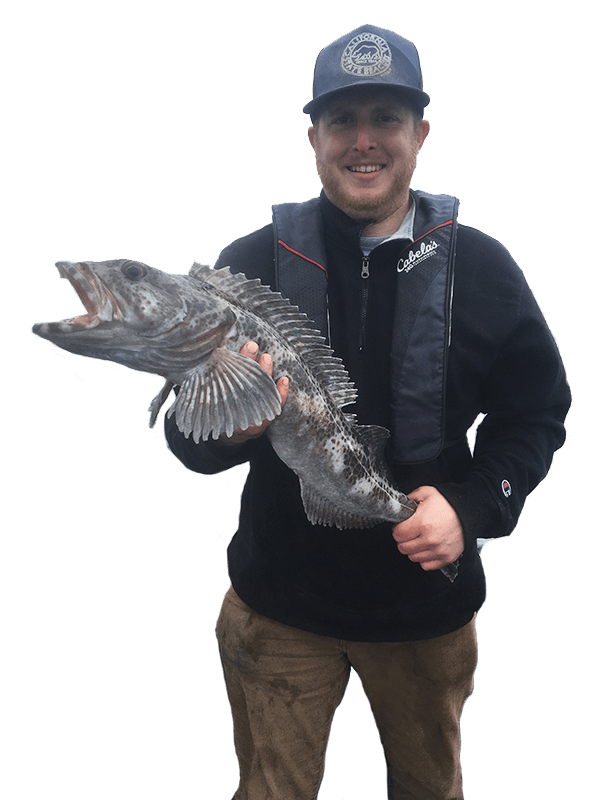

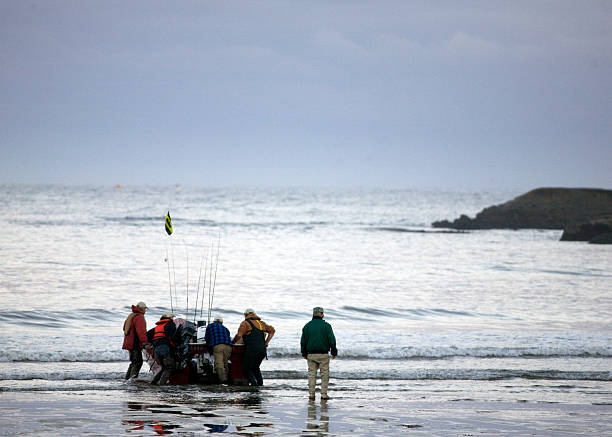



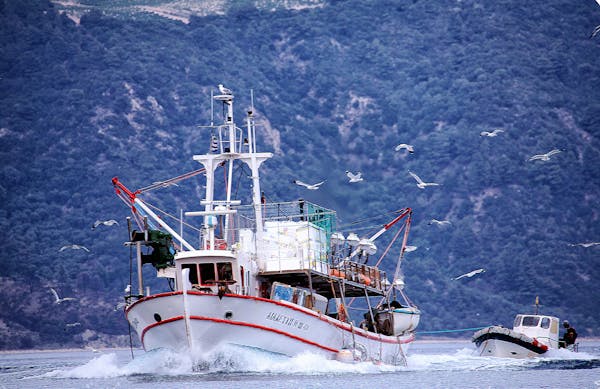



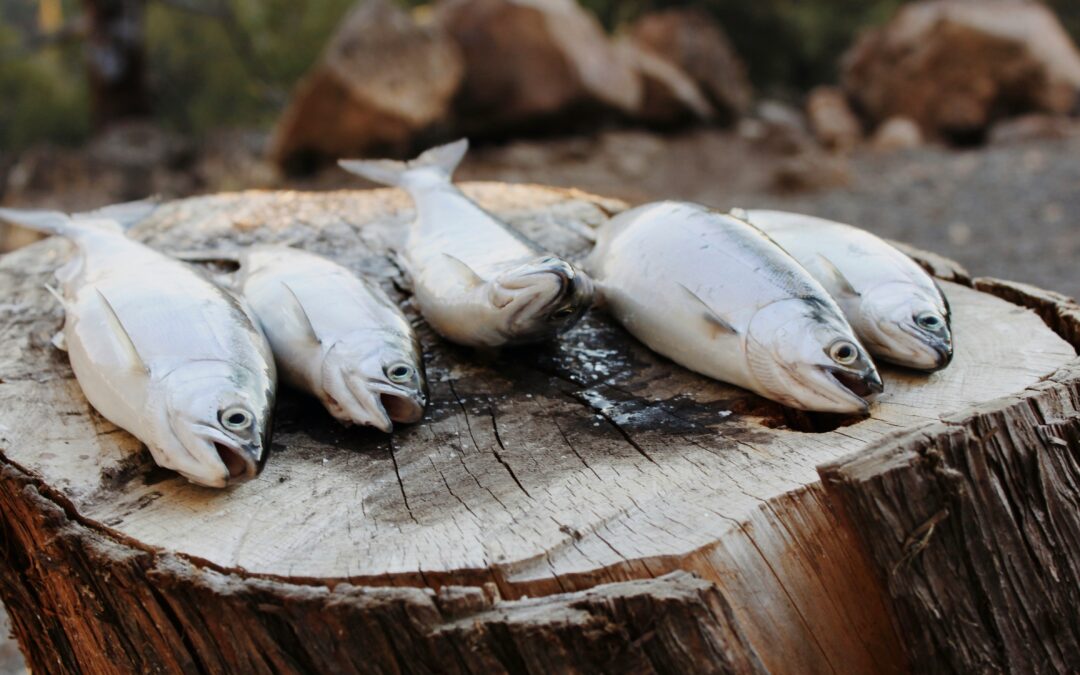
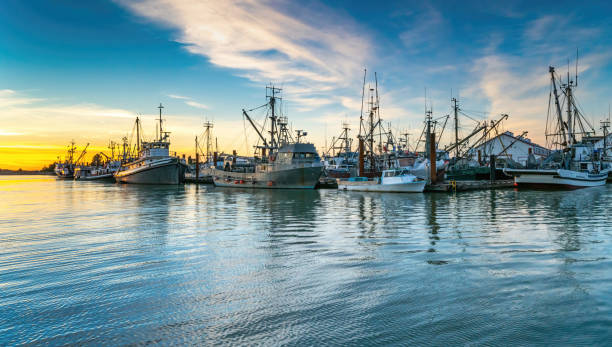



Recent Comments